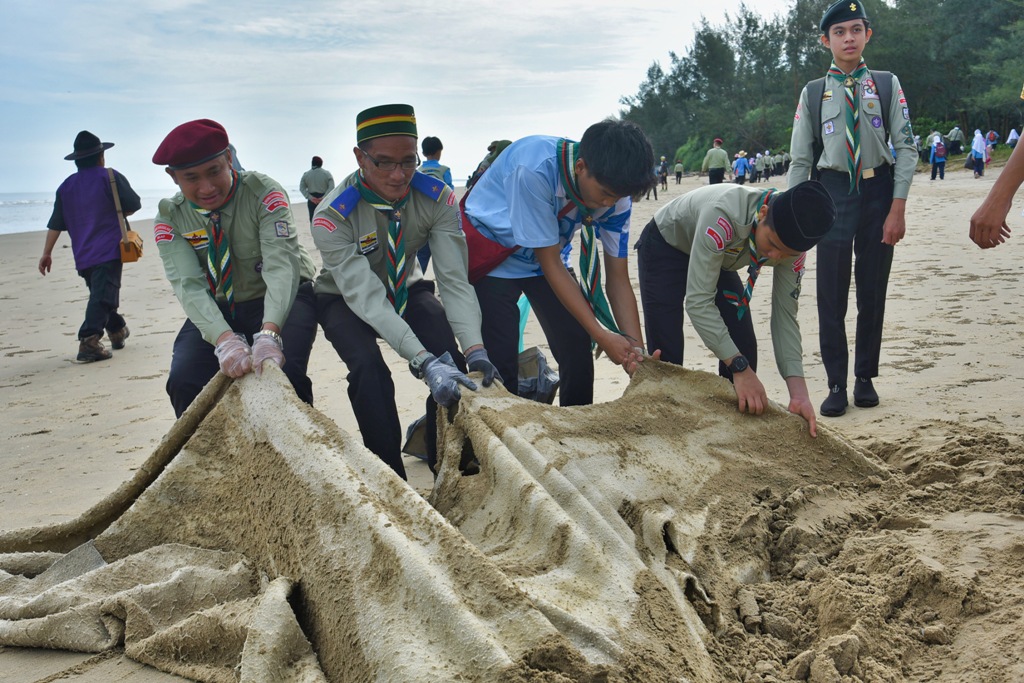Last week’s column was on plant zones for the Antelope Valley, and many of you think it was all about the low temperatures, and that is months away. Yes, it is about the low temperatures, but you are buying and planting plants now that will need to survive this winter. In fact we need to back up from winter.
Fall is the best time to plant most of our landscape plants — the air temperatures are cool and the soil is warm. This combination slows down leaf and stem growth and speeds up root growth — just what newly planted plants need. Planting in spring is tougher on plants with cold soil and warming air temperatures, plus some plants trying to bloom, and our late freezes.

All of these factors make spring planting tough on plants. If fall is the best time to plant, probably October works the best. That gives only us two months to plan the landscape, hopefully with professional help with the design and installation.
Landscaping is a balancing act between function and form. Someone can design the most gorgeous landscape, but if it does not fit your family’s needs and your budget, it is not going to work for you. When it comes to landscape design, most beginners start looking at magazines at pictures of landscapes.
This is important to a landscape designer to get a feel of your style. However, you should start with a list of things you need in your landscape. A landscape should be designed around the way you live, your likes and your needs.
After the functional items are placed in the landscape design, we add finishing touches to make the landscape more drought tolerant, energy efficient and beautiful. It is best to write out all the things that you want or don’t want in your landscape. Ask yourself questions such as “Do I want a spa?’’, “Do I need an area to place a clothesline to dry my clothes?’’, “Do I want a vegetable garden?’’, “RV storage?’’ and “How big of a patio? Lawn area? Play area for the kids?’’ These are just a few of the questions about the functional use of your outdoor living space.
Those are easy questions to answer, as long as you are honest with yourself. The second part of all those functional questions is how much, like, “Are two fruit trees enough?” or “Do I need 20 fruit trees?” Size of each of the functional areas is based on how big your yard is and how much time you are planning to spend using each of them. The next step in planning for your landscape is to spend the day in your backyard.
Take notes or just take a good look at your lot. Notice which way the wind is blowing; generally the most prevailing wind is from the southwest, but the wind direction can be slightly different due to streets and home layout within the neighborhood. Check to see if you have problem areas, such a bad view you need to block or a slope that soil keeps eroding down.
Look back at your house. Now go inside your house and look out the windows see what you see out the windows. The areas that you see are areas that you want a nice landscape or possibly landscape for privacy or security.
You also need to plan your landscape with many goals in mind, such as saving water, reducing green waste, improving home security, enjoying your outdoor space and a play area for the kids. The main goal should always be to increase your pleasure in your landscape. There are many reasons to landscape and many ways to design your landscape.
With all those ideas spinning around in your head, the last step of design is selecting the right plants. Local nurseries can help you, but you must first know how big an area they are going to be planted in and how tall the plants need to grow. You need to decide if you want flowers or fruit, and if they will be growing in full sun or part sun.
Always design first and select plants second. If you have favorite plants, make sure that those plants are in your list of wants. Or, better yet, walk through a nursery and write down names of plants that you like.
Then when you are ready to decide upon plants to use in your landscape, you have a list of plants you like. If you have a hard time picturing a landscape from a drawing, lay out your landscape on the ground. I take water hoses and lay them out on the ground in the shape of the planters, patios and walkways.
What’s left is the lawn area. Keep adjusting the hose(s) until you have the desired shapes of the lawn, planters, patio and any other desired area (like a vegetable garden). No matter if you are planning to design and install this landscape yourself, have a professional landscape contractor or landscape designer work with you.
They can guide you through the questions. They can help with what things cost, so you can finish the project before you run out of money. As a retired licensed landscape contractor, I always said: “I will work with you and you will pay me once.
Try to do it without help and you will probably pay me twice — once to remove what you did and again to plant it back the right way.” A landscape can be beautiful and on the cover of a gardening magazine, but if it is not practical for your living habits it is a poor design..



















